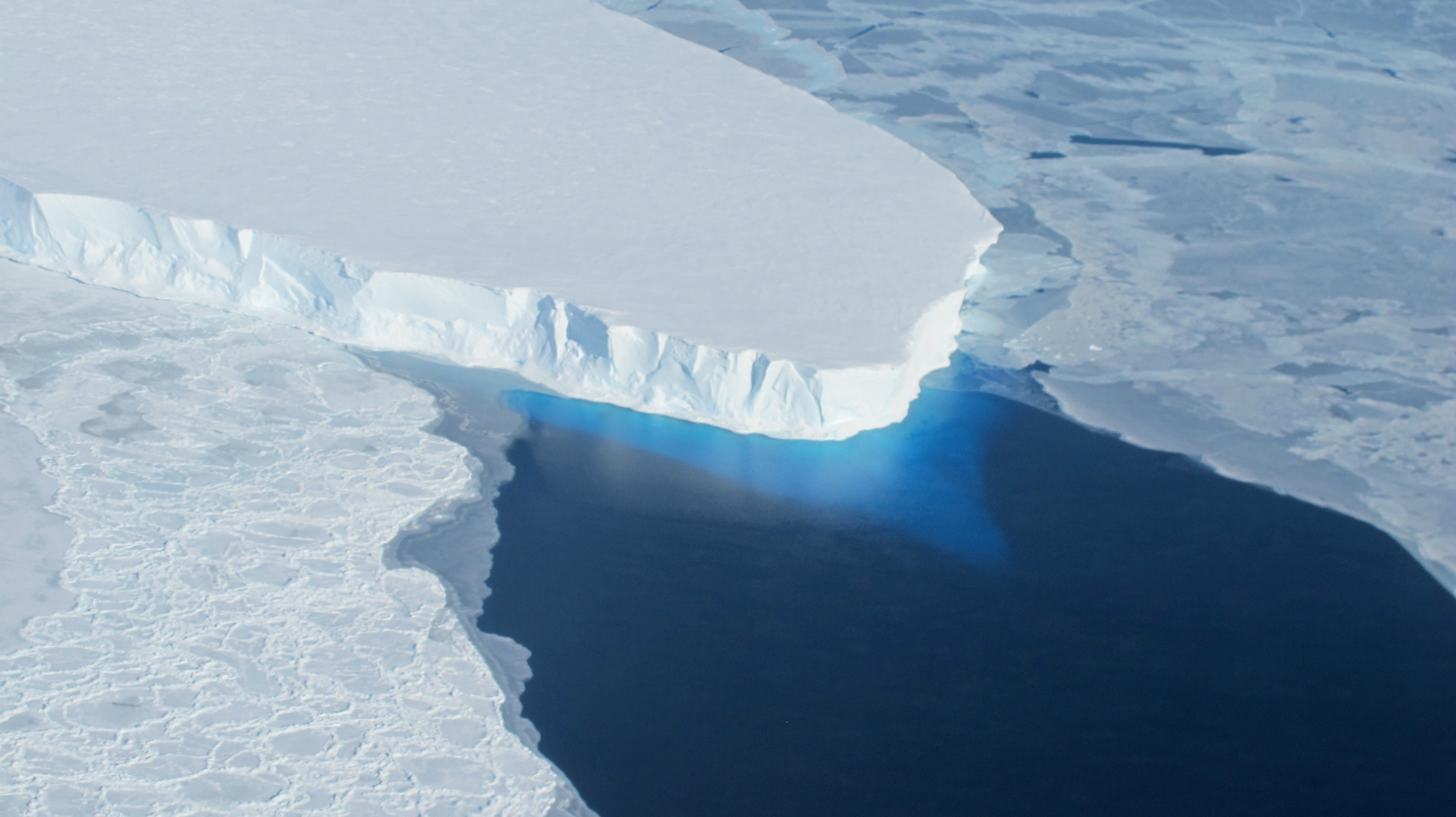Attachments
Note: Not all attachments are visible to the general public. Research URLs will go live after the embargo ends.


Journal/
conference: Science Advances
conference: Science Advances
Research:Paper
Organisation/s:
Dartmouth College, USA
Funder:
This work is part of the PROPHET project, a component of the International Thwaites Glacier Collaboration (ITGC). This work has received support from the National Science Foundation (NSF; grant #1739031) and the Natural Environment Research Council (NERC; grants NE/S006745/1 and NE/S006796/1). This is ITGC contribution no. ITGC-120.



 International
International


